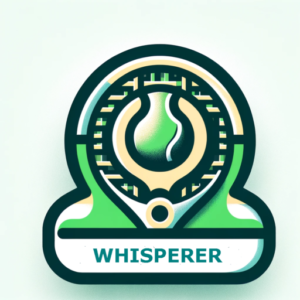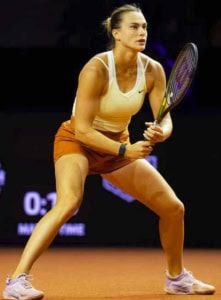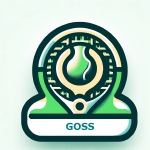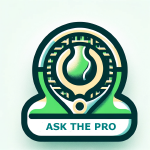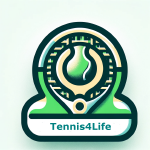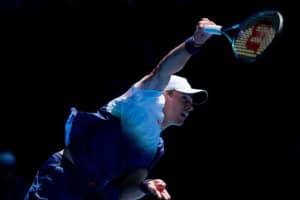The Wide Open Stance in Modern Tennis
Anji asks why do players adopt a wide service return stance like Sabalenka?
The Wide Open Stance: A Defining Feature of Modern Tennis
The wide open stance has become a hallmark of modern tennis, as the game continues to emphasize power, speed, and athleticism. While this stance offers significant advantages, it also presents unique challenges.
Let’s explore the key reasons players adopt this stance, the potential drawbacks, and how elite players optimize it.
Why Use the Wide Open Stance?
1. Balance and Stability
The wide base of an open stance lowers the player’s center of gravity, improving balance. This stability is critical when facing heavy ground strokes or hitting on the move, allowing for precise control and a strong posture.
2. Efficient Reaction Time
An open stance eliminates the need for extra footwork, enabling players to react quickly during fast-paced rallies. It is especially useful for handling hard-hit or angled shots, allowing for immediate lateral movement without stepping into a closed stance.
3. Powerful Rotation
The open stance leverages the kinetic chain, engaging the legs, hips, and core to generate power. This rotational energy allows players to strike the ball with maximum force and spin, which is ideal for the demands of today’s high-speed game.
Challenges of the Wide Open Stance
While the open stance is highly effective, it does come with its challenges:
1. Inertia and Limited Reach
When the ball is wide or outside the hitting zone, the open stance can make it difficult to adjust quickly. Players may feel “stuck,” unable to fluidly move to intercept the ball.
2. Reduced Forward Momentum
Unlike a closed stance, which encourages stepping into the shot, the open stance relies on rotational energy. This can result in weaker shots on low or short balls that require forward movement.
3. Wide Balls and Recovery Time
Chasing wide balls in an open stance can increase recovery time. Since the weight distribution doesn’t naturally align for quick transitions, returning to the center can become slower.
4. Low Balls
Managing low, skidding shots is particularly challenging in an open stance. It demands heavy reliance on knee bend and core strength to maintain balance and execute cleanly.
The Neutral Stance: A Better Choice for Average Players
For most average players, the semi-open or neutral stance offers a practical alternative. These stances strike a balance between control, precision, and movement.
Advantages
1. Forward Movement
These stances allow players to step into the ball, making it easier to generate power and maintain control over shot placement.
2. Consistency
They provide better control over slower-paced balls, helping players focus on clean, accurate contact rather than relying solely on rotational power.
3. Recovery on Short Balls
When attacking a shorter ball, the neutral stance provides forward momentum, enabling smoother transitions back into position or toward the net.
